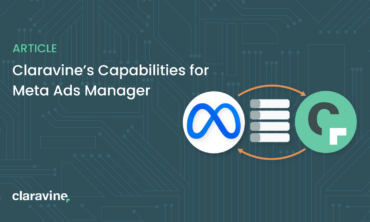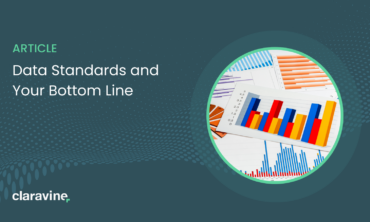The Datasets Feature: A single view to browse, filter, sort, create, and edit
We are thrilled to announce an update to The Data Standards Cloud which will transform the way users interact with data. As part of our ongoing commitment to providing our customers with the best tools for data standards, we are excited to introduce the datasets feature, designed to simplify and streamline the platform experience.
In the past, users leveraged a submission-based model to make changes to data. Once data was submitted, if a user needed to make an edit they’d open a previous submission and work on the relevant row(s).
But as datasets and use cases have grown in complexity, so have the challenges associated with managing them. And navigating between folders and submissions to locate data and make edits became less efficient.
Admins have been able to interact with and manage data outside of the submission view for a while, and it was time to also reimagine a friendlier experience for users – an experience where every user has a more comprehensive view of their team’s data where they can browse, filter, sort and edit with ease.
Introducing the datasets feature!
This solution consolidates all valid data rows from various submissions to a template into a unified, easily accessible view.
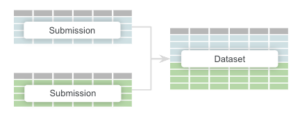
This is game changing when it comes to how users view data and how they create and edit data. Instead of needing to bounce between submissions, the template dataset provides one place to find and collaborate on data.
It also opens up features that were previously exclusive to admins, including row properties, column visibility and bulk edits and exports of data from one place – enhancing collaboration and fostering a common data management experience. Go deeper into some of these features in this Knowledge Base article.
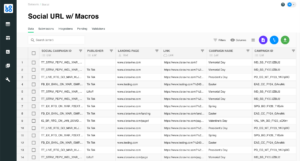
These features will help users to get to the exact data they need so they can update multiple rows from different submissions seamlessly, making workflows and tasks more intuitive and efficient. And with the ability to make edits from the dataset view, users can trust they’re making updates to the most recent row values.

But that’s not all. We have also revamped the user interface to ensure an easier browsing and search experience for everyone in our platform – admins, managers, and users.
Say goodbye to the old landing page as we roll out a sleek new datasets page that lets you get to your most important templates and their datasets faster and more intuitively.
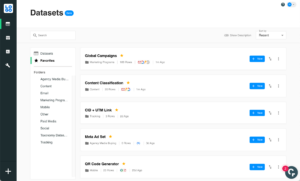
While we’re excited about these changes, it’s also important to highlight what is staying the same.
For admins, the dataset experience will remain unchanged outside of the new datasets page. Additionally, the fundamental concept of submissions remains intact. Users can still submit new rows of data as before.
Read more about all of this in our Knowledge Base article.
So, while the transition to datasets signifies an important moment in Claravine’s journey towards empowering organizations and their data standards, we are also keeping many of the core elements our customers know and love right where they belong.
As this dataset-first approach rolls out across every platform user, we remain committed to enhancing the platform experience and taking the drama out of marketing data.
What do customers need to do?
On January 17th, 2024 this feature will be standard across all accounts. If you have any questions or comments, reach out to your CSM or contact support.
Keep an eye out for more updates as we work to empower our customers to unlock the full potential of their data!
Dive deeper with “The Power of Datasets for Every User” webinar

